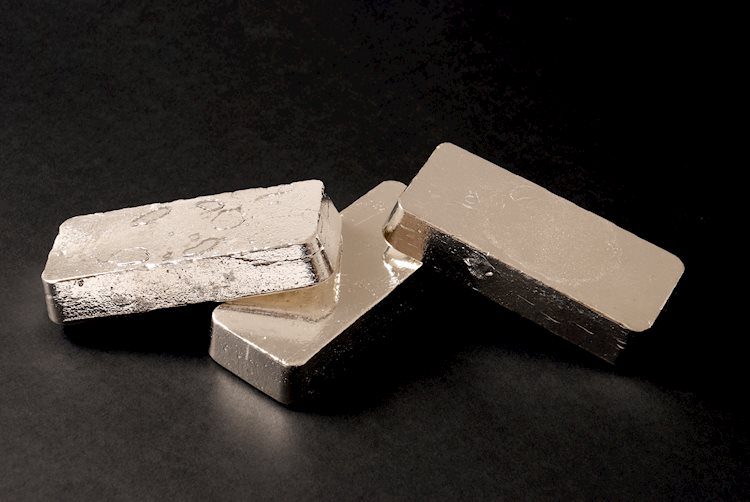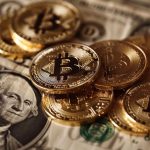The price of Silver is currently facing a decline as a result of a slowing economy in China, which is the world’s largest manufacturing hub. This decrease in Silver price is further exacerbated by the lack of major changes in China’s economic strategy as indicated by the recent third plenum. Additionally, the non-yielding nature of Silver has presented challenges for the metal following hawkish remarks from Federal Reserve member Dr. Adriana Kugler.
Silver, also known as XAG/USD, is currently trading around $30.90 per troy ounce during European trading hours. The decreasing demand for Silver in China, which is a major consumer of the metal due to its use in electronics, solar panels, and automotive components, has contributed to the decline in its price. China’s Gross Domestic Product (GDP) growth has slowed to 4.7% year-over-year in the second quarter, marking the slowest growth since the first quarter of 2023.
The recent third plenum of the Chinese Communist Party’s 20th National Congress did not unveil any significant changes in China’s economic strategy. President Xi Jinping emphasized the importance of maintaining faith and commitment to the country’s strategic agenda. With China’s growth drivers remaining uneven and trade tensions escalating due to tariffs imposed by the US and EU on Chinese electric vehicles, it is expected that the People’s Bank of China (PBoC) may implement cuts in interest rates and the reserve requirement ratio (RRR) to combat slowing GDP growth.
Furthermore, Silver prices are also impacted by the current hawkish sentiment surrounding the Federal Reserve’s policy stance. Dr. Adriana Kugler suggested that if upcoming data does not confirm inflation reaching the 2% target, it may be necessary to maintain current interest rates for a longer period. These factors together have contributed to the struggles faced by Silver prices in recent trading sessions.
Investors often turn to Silver as a means to diversify their investment portfolios or hedge against high inflation periods. Despite being less popular than Gold, Silver has historically been used as a store of value and a medium of exchange. Investors can choose to buy physical Silver in the form of coins or bars, or trade it through vehicles such as Exchange Traded Funds that track its price on international markets.
Silver prices are influenced by a variety of factors, including geopolitical instability, interest rates, Dollar strength, investment demand, mining supply, and recycling rates. As a widely used industrial metal, especially in sectors such as electronics and solar energy, changes in demand from key economies like the US, China, and India can also impact Silver prices. The relationship between Gold and Silver prices, as well as the Gold/Silver ratio, may help investors determine the relative valuation between the two metals and make informed investment decisions.









